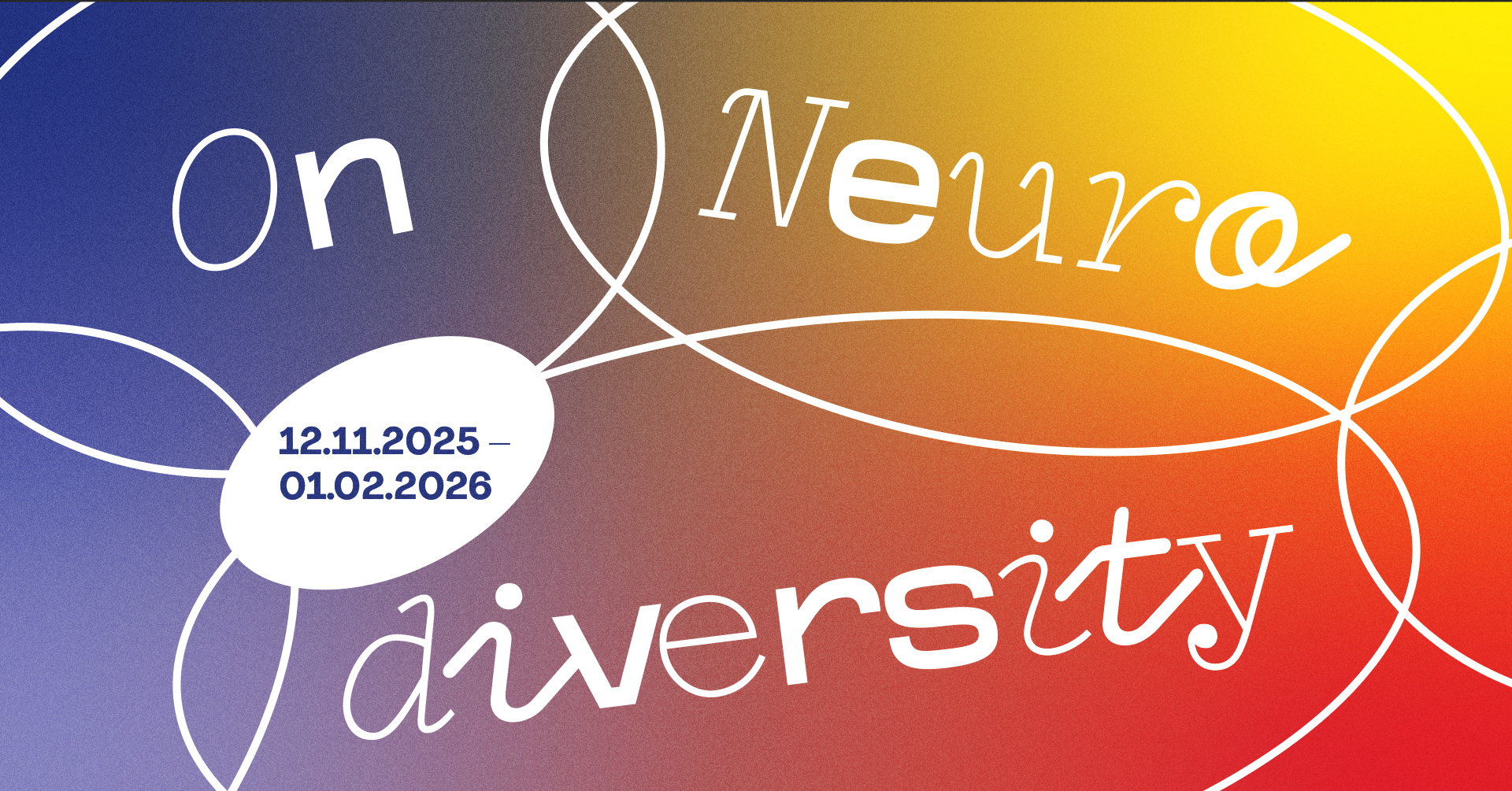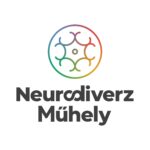
Budapest Gallery
1036 Budapest, Lajos utca 158.
12.11.2025 – 01.02.2026
Exhibiting artists:
Emese Dóra, Györgyi Francsics, Zsuzsi Gyarmati, Dóra Németh,
István P. Szathmáry, Benedek Rubóczki, Zsófia Turchányi, Csaba Velegi
Curators:
Júlia Hermann, Dalma Eszter Kollár
Professional contributors:
Dr. Anna Madarassy-Szücs, Zsófia Vétek (Neurodiversity Workshop)
Artistic mentor:
Jakab Erdély
Opening:
November 11, 2025 (Tuesday) from 3:00 PM
4:00 PM-6:00 PM
Living Library
6:30 PM
Performance by Zsófia Turchányi
Graphic design:
Dániel Máté
In everyday language, neurodiversity generally refers to atypical forms of neurological functioning and the processes, phenomena, and conditions associated with it. In some people, this manifests in recognisable patterns that differ from the typical – such as those known as autism or ADHD. The flexibility and inclusiveness of the concept of neurodiversity lie in the fact that it ultimately encompasses everyone who has a nervous system. Just as no two brains are alike, neither are any two people. Not only does the term describe differences in functioning but it also affirms that every person has the right to safety and respectful treatment. Advocacy and equitable engagement are therefore inherently linked to the neurodiversity movement.
In March 2025, Budapest Gallery announced an open call for neurodivergent artists. Eventually, eight artists – Emese Dóra, Györgyi Francsics, Zsuzsi Gyarmati, Dóra Németh, István P. Szathmáry, Benedek Rubóczki, Zsófia Turchányi and Csaba Velegi – were selected to participate in preparatory workshops and to present their work at the exhibition opening on 11 November 2025. During the preparatory phase, participants, curators and representatives of the Neurodiverz Műhely (Neurodiverse Workshop), invited as a partner organisation, engaged in dialogue to define the framework for their collaboration and develop the main themes and details of the exhibition together. As a result, all of the presented artworks were created specifically for this exhibition.
Through the personal experiences of the artists, the exhibition explores what living as a neurodivergent individual entails: quotidian challenges, internal processes, relationship
with the social environment. Alongside the artworks, several concepts related to neurodiversity and neurodivergent life are introduced on the gallery walls, offering often interconnected explanations of psychological and sociological phenomena related to the themes and experiences expressed. Simultaneously with the works based on real experiences, the exhibition also presents informative materials that provide a broader understanding of the experiences and challenges faced by neurodivergent people.
The project’s underlying principle is dialogue. On the one hand, the exhibition and its preparatory period were shaped collectively by the participants, fostering genuine collaboration grounded in active, mutual attention. On the other hand, the exhibition seeks to initiate a discourse that emphasises collective responsibility along the lines of the so-called neuroaffirmative approach, which recognises neurodiversity as a value and supports the safe expression of identity. Through developing greater awareness, paying attention more sensitively and taking small steps, the neurotypical majority can do a lot to ensure that differences are seen not as disadvantages, but as integral to human diversity.

